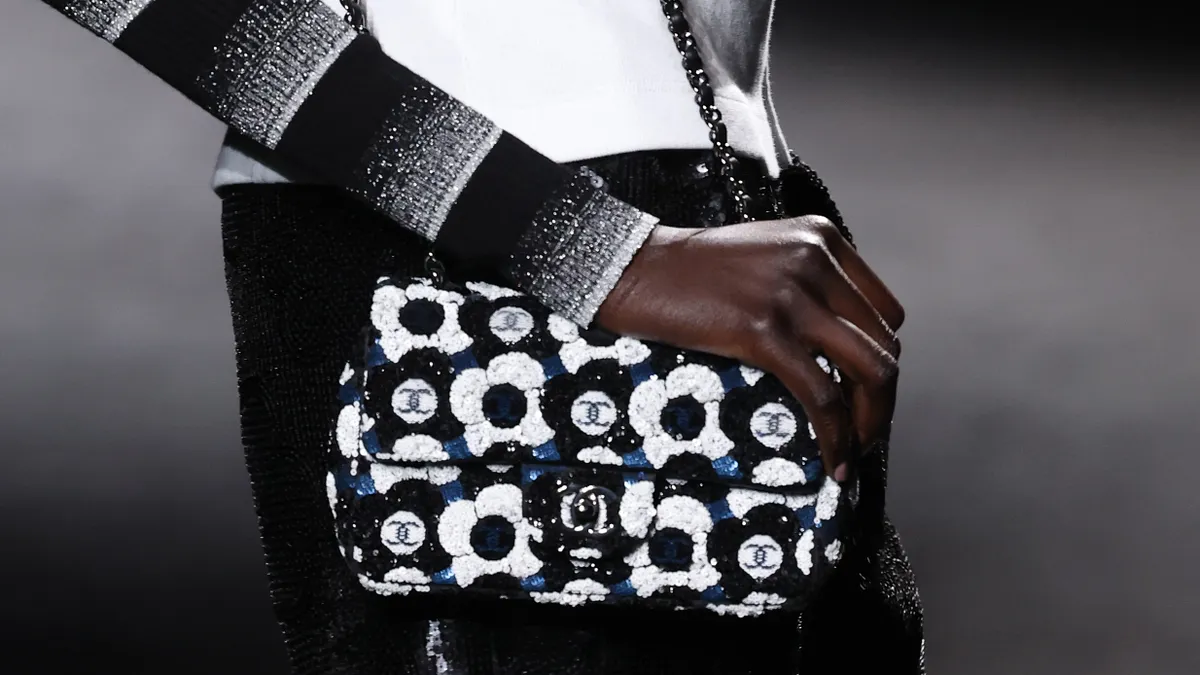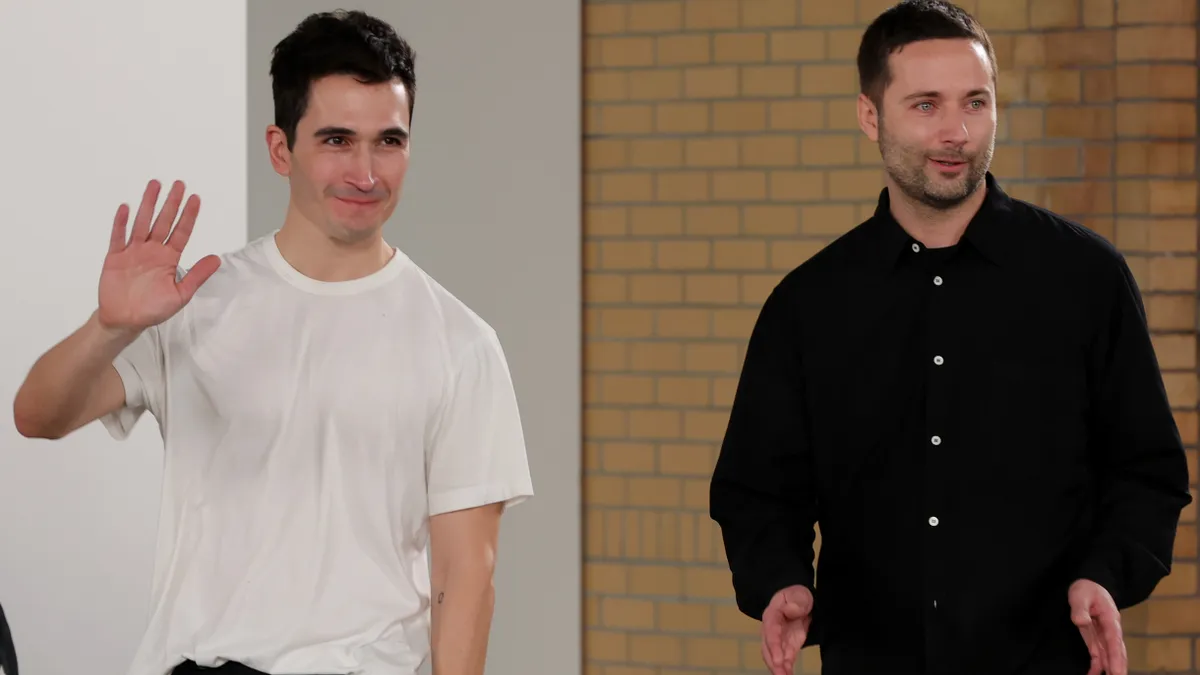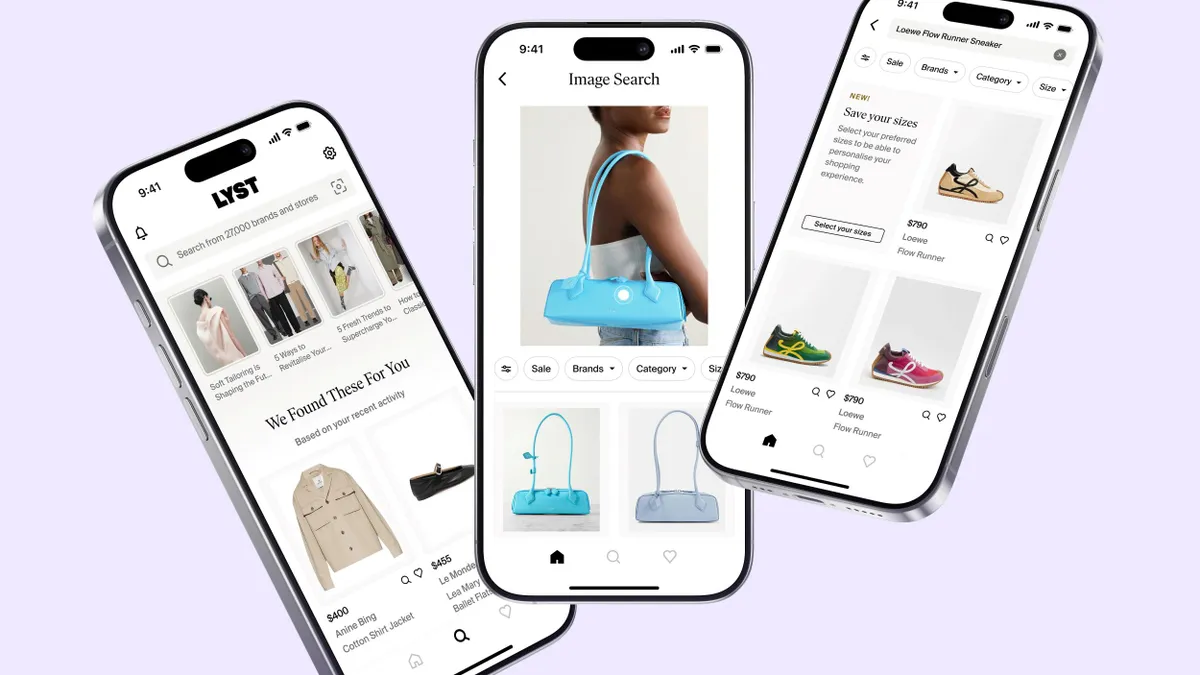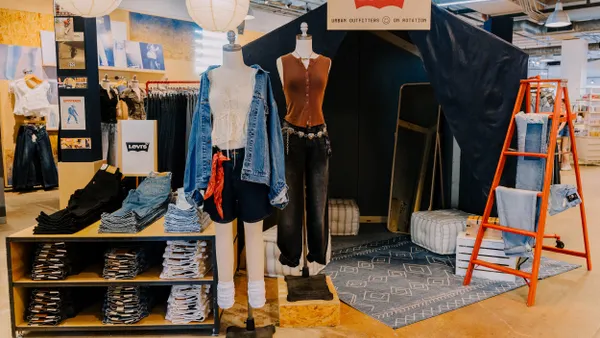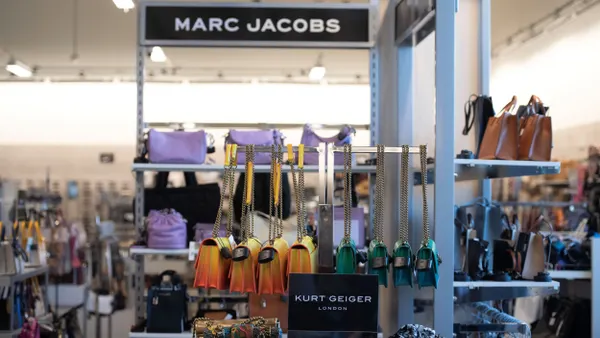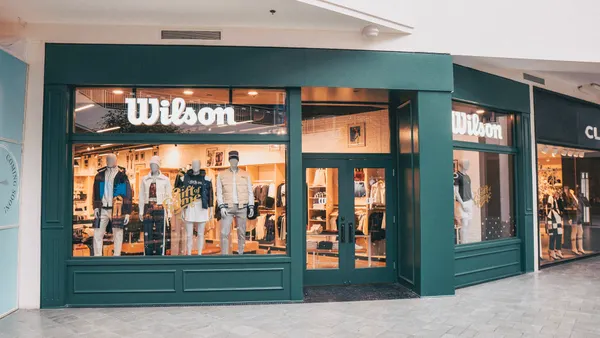Dive Brief:
- Chanel sales rose 17% to $17 billion for 2022, marking the best year for the privately-owned luxury house, according to the Financial Times.
- The brand reported current single-digit growth in the U.S. after several years of double-digit increases. Meanwhile, it said China, where luxury is strong, was seeing double-digit growth after years of pandemic shutdowns.
- Separately, Chanel announced it was expanding its London-based global headquarters and more than doubling its footprint there by moving to a new 86,000-square-foot location at 38 Berkeley Square by the end of 2025.
Dive Insight:
When Chanel moved to the U.K. and reorganized in 2018 at the beginning of Brexit, there were multiple speculations that the change foreshadowed either an IPO or a sale. These rumors grew to a fever pitch when the luxury house began reporting annual numbers that year for the first time in its 110-year history.
Yet the brand, owned by the Wertheimer family, continues to stay staunchly independent and remain profitable while doing so. It is currently the second-largest luxury brand globally behind Louis Vuitton.
In a statement about the earnings, Leena Nair, Chanel’s global chief executive officer, told WWD that the company’s strong earnings “reflect the strength of our brand, our client relationships, and the freedom of creation that defines everything we do.”
The company also told FT that half of the revenue growth it saw in 2022 was due to its price increases, which have been substantial over the past few years.
Chanel’s current CEO Nair joined last year after 30 years at Unilever, where she was chief human resources officer. She is a fashion industry outsider who was brought in at a time when analysts said the brand — and luxury as a whole — needed to reckon with diversity and employ more environmentally-conscious policies.
She told WWD that the company planned to increase funding of its philanthropic Fondation Chanel, which focuses on gender equality, and said, “With our expanding international footprint, we are determined to contribute positively to the environment and our communities.”
The brand also said it plans 5,000 more hires in 2023 and said its employees received “an exceptional mid-year salary increase” last year. In 2022, Chanel’s global workforce expanded by 12%, and WWD reported that the hirings focused on digital, IT and sustainability roles, with 60% of new hires going to sustainability.
Notably, Nair told Business of Fashion that Chanel’s ecommerce sales currently account for over 20% percent of perfume and beauty sales. That number is especially interesting considering the brand continues to eschew selling most of its wares online.
“We continue to believe that a physical, immersive experience for fashion and watches and jewellery is so important,” Nair said.
Chanel also does not generally sell or manufacture menswear, although it has occasionally teased an entrance into that sector, notably in 2019 with a capsule collection in collaboration with Pharell Williams, the newly appointed men’s creative director for LVMH.
Earlier this week, Chanel also announced it was increasing control of its supply chain by acquiring partial ownership of Cariaggi Lanifico SpA, one of its cashmere and natural fibers suppliers.



